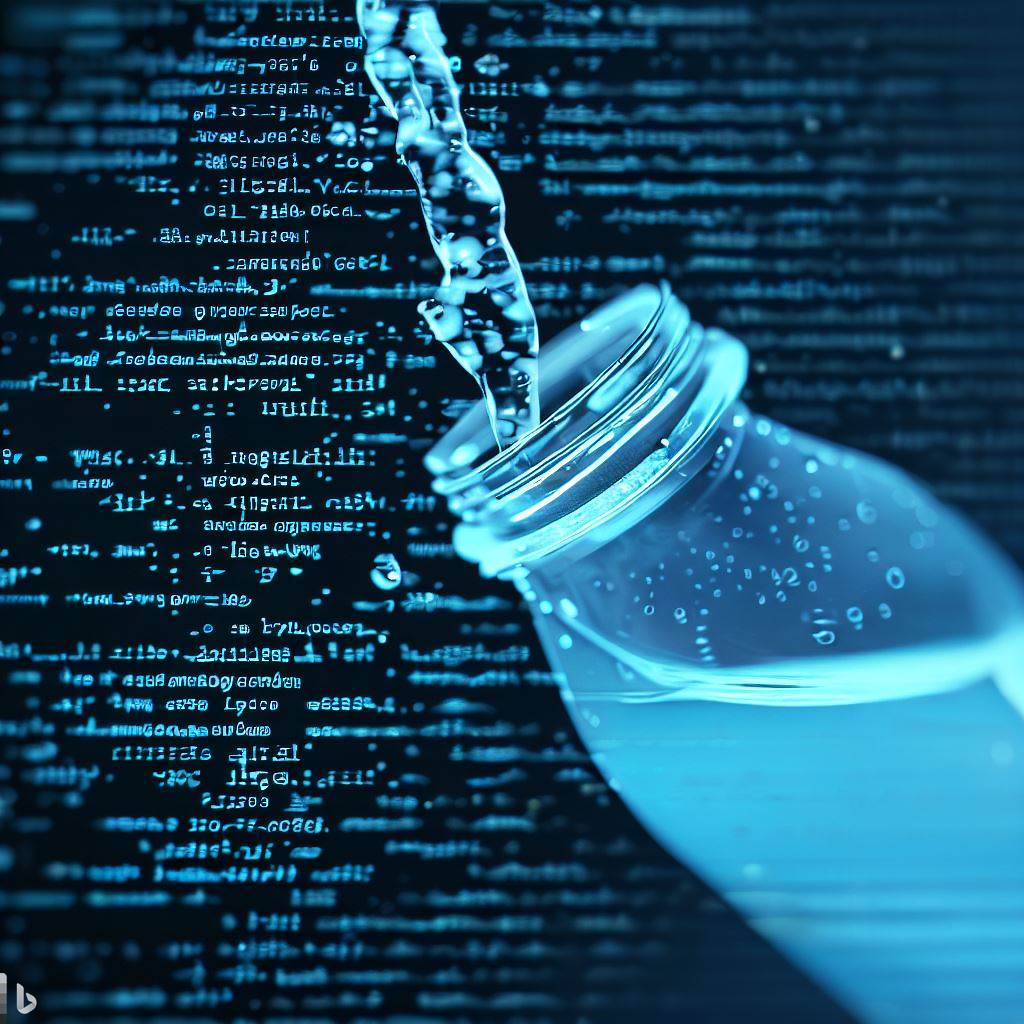In JavaScript, hydration refers to attaching event handlers or data to a dynamically created HTML structure. It is commonly used in client-side frameworks and libraries like React or Vue.js.
When an application renders UI components on the client side, it often involves creating HTML elements programmatically. However, creating the elements does not automatically associate them with the desired behaviour or data. Hydration helps connect these newly created elements with the appropriate event handlers or states.
What happens during JavaScript Hydration?
During hydration, the JavaScript code scans the HTML structure and identifies the elements that must be enhanced with interactivity. It then attaches event listeners or binds data to those elements, enabling them to respond to user actions or reflect changes in the application state.
Hydration is typically performed after the initial rendering of the HTML structure. It ensures that the dynamic components are fully functional and interactive. This process is essential when working with frameworks that use a virtual DOM (VDOM), where the initial rendering creates a virtual representation of the UI that needs to be synchronized with the actual DOM.
Overall, hydration in JavaScript ensures that dynamically created elements are properly connected to the corresponding logic, allowing for a rich interactive experience in web applications.
When do React developers need to care about hydration?
As a React developer, you need to understand hydration in the following scenarios:
- Server-side rendering (SSR): React allows rendering components on the server and sending the pre-rendered HTML to the client. The server-rendered HTML must be hydrated during the initial page load. Hydration connects the pre-rendered HTML with the client-side React code, enabling event handling, state updates, and other dynamic behaviour.
- Universal/isomorphic applications: Universal or isomorphic applications can run both on the server and the client. In these applications, hydration is crucial to ensure the seamless transition between server-rendered content and client-side interactivity. Hydration allows the client-side code to take over from the server-rendered content and maintain the application’s state and behaviour.
- Code-splitting and lazy loading: React supports code-splitting, where you can split your application into smaller chunks to load only what is necessary. When dynamically loading components or chunks of code, hydration becomes important. Hydration ensures that the dynamically loaded components or code chunks are properly initialized and connected to the rest of the application.
- Progressive web applications (PWAs): PWAs are web applications that can offer an app-like experience, including offline functionality. When building PWAs with React, hydration connects the pre-cached HTML with the client-side code, allowing the application to work offline and provide a smooth user experience.
Conclusion
As a React developer, understanding hydration is crucial when working with server-side rendering, universal/isomorphic applications, code-splitting, lazy loading, and progressive web applications.
It ensures the initial HTML content is properly connected to the client-side React code, enabling interactivity and dynamic behaviour.
Don’t forget to check out my other React articles here

